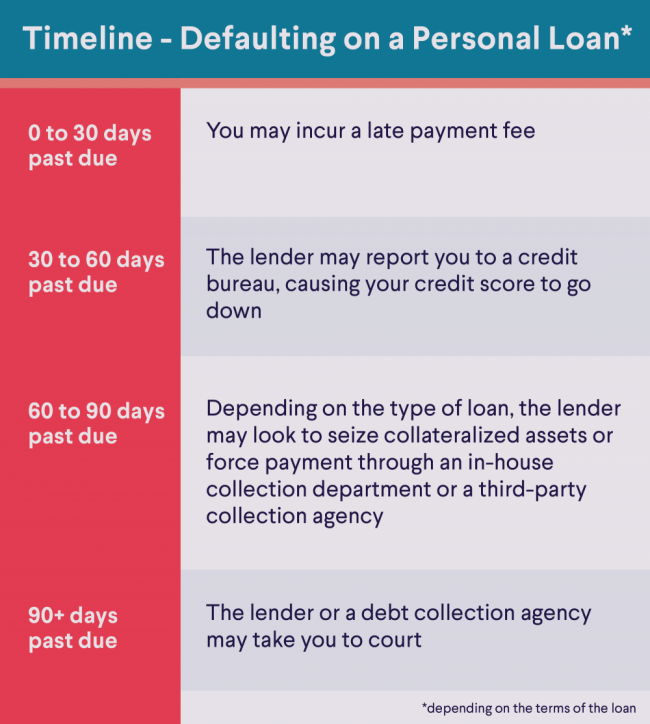How to Invest as a College Student
There are numerous ways to invest for college students, including using brokerage accounts, or even retirement accounts like individual retirement accounts (IRAs) or 401(k)s. But there are many other things that college students should take into account before or while investing, too.
For college students, it’s never too early to start investing your money. In fact, the earlier you start, the faster you may be able to meet long-term goals such as a graduate degree, buying a house, or even retirement.
Why You Should Start Investing Early
There are a number of reasons to start investing early. Chief among them is potential return. The average annual return offered by the S&P 500 — a market-capitalization-weighted index of the 500 largest companies in the U.S. – is around 10%.
That’s considerably more than you’re likely to generate from putting your money in a savings account – even a high-yield savings account. That means that while money in a savings account is accruing interest, it’s actually losing value at the same time. Investing may help you outpace inflation and give you an extra boost towards your long term goals.
💡 Quick Tip: Look for an online brokerage with low trading commissions as well as no account minimum. Higher fees can cut into investment returns over time.
3 Ways to Invest While in College
There are numerous ways for college students to invest their money, including the use of tax-advantaged retirement accounts, and traditional brokerage accounts.
IRA
Traditional and Roth IRAs are a type of retirement account that almost anyone can open up and start contributing to. There are rules regarding how much you can contribute every year, and when you can take withdrawals (depending on the type of IRA you open), but they can be relatively easy ways to kick-start a college students’ investment portfolio.
Brokerage Account
A brokerage account allows you to make investments through a brokerage firm by depositing funds with them. Your bank may already have brokerage options, or you may consider other outside firms.
A brokerage account allows students to buy and sell stocks, bonds, mutual funds, and other assets through a brokerage firm. Be aware that selling assets can trigger short-term or long-term capital gains taxes. Short-term taxes are charged at your regular income tax rate, and long-term rates are either 0%, 15%, or 20% depending on your tax bracket.
401(k)
A 401(k) is a type of retirement account offered through an employer, though there are some versions, such as Solo 401(k)s, you can open yourself. Like IRAs, there are annual contribution limits, and traditional and Roth 401(k)s to choose from.
The money you put in the account is tax deductible and it grows tax-free while it’s invested. That said, generally, you can’t withdraw money from the account until you reach age 59 ½, or you’ll be subject to a 10% early withdrawal penalty.
Steps to Start Investing as a College Student
For college students getting started investing, there are several steps that they can take to find their footing. It starts by giving some thought to your overall financial goals, determining what you can afford to invest, and then building your portfolio.
Set Clear Financial Goals
It’s important, before you make your first investment as a college student, to give some serious thought and consideration to your financial goals. Do you want to hit a total net worth or dollar amount by a certain age, for instance? Or, do you want to save up enough to buy a home or start a family?
These are the types of financial goals you should think about. Having clear financial goals in mind before you start investing can help guide your decision-making in regard to what types of investments you make.
Determine How Much Money You Can Set Aside
With your goals in mind, you’ll want to think about how much money you realistically can set aside to invest. Odds are, you won’t be able to invest your entire paycheck – there’s rent to pay and groceries to buy, after all. But if you can free up some additional money in your budget for investing, that should help you get your portfolio started. Again, think about how much you can realistically use for investment purposes.
Choose the Right Investment Account
Knowing how much you have to invest and some end-goals in mind, you’ll need to decide what type of investment account will best help you reach those goals. As discussed, this might be a retirement account like an IRA or 401(k), or a brokerage account, which will allow you to buy and sell stocks, or even day trade, if you’d like – though most financial professionals may caution against it.
Understand Types of Investments
You’ll also want to review and deepen your understanding of the various types of investments out there. That can include a variety of asset types such as stocks, bonds, cash, real estate, commodities, precious metals, and more. Not all types will be best for each and every investor – again, it depends on your goals.
Fund Your Investments
The rubber is finally starting to meet the road! You’ll finally want to actually fund your chosen account (be it a brokerage account, etc.) and make your initial investments. This marks the start of your investment portfolio.
Tips for Investing as a College Student
Investing as a college student may seem relatively easy – particularly to get started – but it never hurts to accept some guidance. Here are a few tips for investing as a college student.
Stay Diversified
A good rule of thumb for investors of all stripes is to try and stay diversified by investing in many types of assets and asset classes. The basic idea of portfolio diversification is that the fewer investments you expose yourself to, the more risk you take on should they perform poorly.
Imagine you invest in only one stock and that company folds — if that happens, you’ve lost your entire investment. However, if you invested in 100 different stocks, one company failing would affect you far less. Diversification, however, does not eliminate all risks, including the risk of loss.
One way to stay diversified is by investing in mutual funds or exchange traded funds, which bundle groups of stocks together, essentially doing the work of diversification for you.
Avoid Emotional Investing
The market experiences natural ups and downs. As these fluctuations occur, it’s important to try to avoid letting your emotions impact your investing.
When the market makes a big dip, you may feel the urge to sell investments. However, by doing so you’re actually locking in your losses. Examine what is motivating you to sell, as it’s usually a good idea to let reason prevail so you don’t miss out on any future upturn that may take place.
Timing the Market vs Time in the Market
When the market is doing well, you may find yourself tempted to get in on the action and end up buying investments that are too expensive. This type of buying and selling is known as timing the market. You may want to avoid checking the market multiple times a day to help keep your emotions in check and avoid the temptation to time the market.
It might help to think of investing as a long-term proposition. The longer you allow your investments to stay in the market, the more opportunity they have to ride out downturns — and the more opportunity you have to take advantage of an upswing.
Balancing Investing With Academic Responsibilities
As a college student, you should keep your studies in mind, first and foremost. Your academic responsibilities, in most cases, should probably take precedence over your investing activity – though you should keep an eye on your portfolio and learn as much as you can about the markets, too. Everyone is different, but the main point is to not ignore your studies in lieu of watching the market fluctuate.
Investing with SoFi Invest®
Investing as a college student isn’t necessarily difficult, and there are many ways to get started. But given that college students are often working with a limited budget, there may be constraints. Even so, it’s important for relatively young investors to take advantage of the time they have on their side, as the market tends to rise over the years.
College students can look at various retirement accounts, or even a simple brokerage account to get started investing. Investing involves risk, however, which is something students should keep in mind, too. It never hurts to consult with a financial professional, either.
Ready to invest in your goals? It’s easy to get started when you open an investment account with SoFi Invest. You can invest in stocks, exchange-traded funds (ETFs), mutual funds, alternative funds, and more. SoFi doesn’t charge commissions, but other fees apply (full fee disclosure here).
SoFi Invest® INVESTMENTS ARE NOT FDIC INSURED • ARE NOT BANK GUARANTEED • MAY LOSE VALUE
1) Automated Investing and advisory services are provided by SoFi Wealth LLC, an SEC-registered investment adviser (“SoFi Wealth“). Brokerage services are provided to SoFi Wealth LLC by SoFi Securities LLC.
2) Active Investing and brokerage services are provided by SoFi Securities LLC, Member FINRA (www.finra.org)/SIPC(www.sipc.org). Clearing and custody of all securities are provided by APEX Clearing Corporation.
For additional disclosures related to the SoFi Invest platforms described above please visit SoFi.com/legal.
Neither the Investment Advisor Representatives of SoFi Wealth, nor the Registered Representatives of SoFi Securities are compensated for the sale of any product or service sold through any SoFi Invest platform.
Financial Tips & Strategies: The tips provided on this website are of a general nature and do not take into account your specific objectives, financial situation, and needs. You should always consider their appropriateness given your own circumstances.
Claw Promotion: Customer must fund their Active Invest account with at least $25 within 30 days of opening the account. Probability of customer receiving $1,000 is 0.028%. See full terms and conditions.
SOIN1023001
Read more




